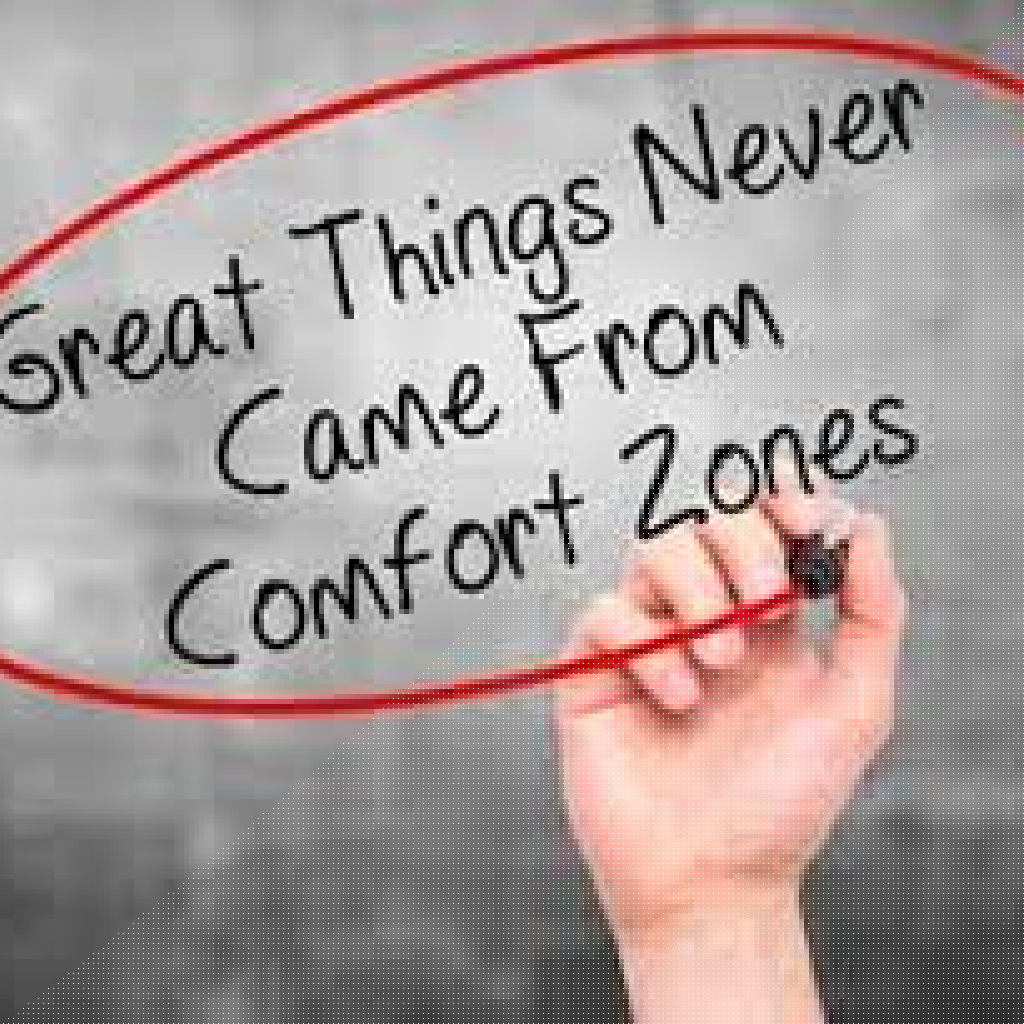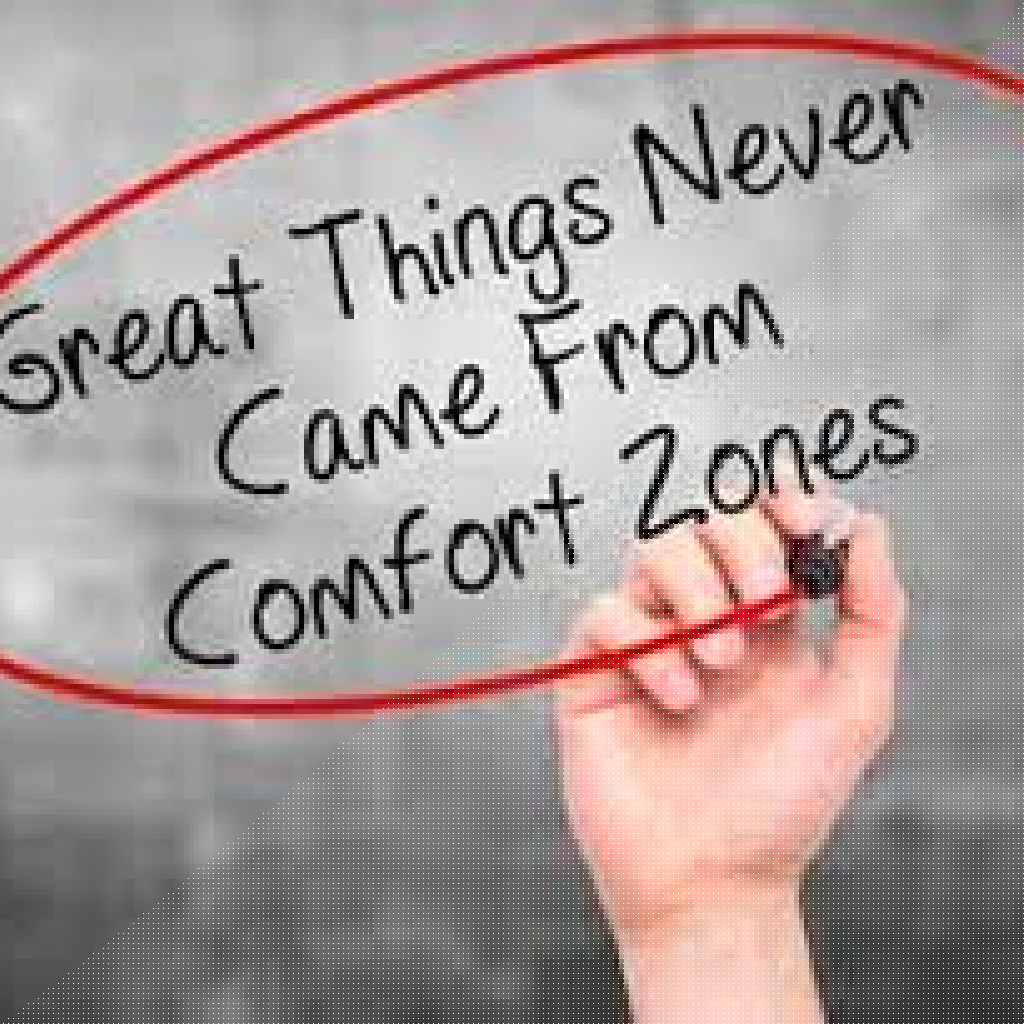Key Takeaways:
- Effective management in today’s workplace relies on a blend of adaptable styles, promoting a culture of communication and strong relationships.
- Implementing practical strategies for employee engagement and motivation boosts productivity and builds a cohesive team.
In today’s fast-paced work environment, effective communication is at the heart of organizational success. Modern managers are faced with a multitude of challenges, from remote work dynamics to the need for real-time feedback, requiring innovative approaches to business communication. With an increasing emphasis on team dynamics and employee engagement, leaders must adapt their communication styles to meet the diverse needs of their workforce. This article explores various innovative business communication strategies that modern managers can implement to enhance performance and foster a collaborative workplace.
Understanding the Importance of Communication in Modern Management
Communication can make or break a team’s effectiveness. In fact, the Harvard Business Review highlights that teams with effective communication are 25% more productive than those that don’t. With the shift towards remote work and diversified teams, managers must constantly innovate their communication methods to overcome potential barriers. This means not only ensuring clarity in messaging but also establishing channels for open dialogue among team members.
How Can Managers Foster Open Communication?
Fostering open communication begins with creating an environment where employees feel safe expressing their thoughts. Modern leaders can encourage this by implementing regular check-ins, establishing anonymous feedback mechanisms, and using collaborative tools like video conferencing or instant messaging apps. These platforms allow team members to share ideas, voice concerns, and contribute to decision-making processes. Remember, a manager’s willingness to listen can go a long way in building trust and rapport within a team.
Emphasizing Transparency in Communication
Transparency is critical, especially during times of change. Managers who communicate openly about company goals, changes, and challenges allow employees to feel invested in the organization’s success. This not only promotes trust but also enhances employee motivation. Share information about company performance, team successes, and long-term strategies. When employees understand the broader picture and their role in it, they are more likely to take ownership of their responsibilities.
Additionally, regular team meetings that prioritize open dialogue can reinforce transparency. Managers should encourage contributions from all team members, ensuring everyone has a platform to bring their perspectives into the conversation. This collective approach sheds light on innovative ideas and solutions that may not arise in a more hierarchical communication setting.
Adapting Communication Styles to Fit Team Needs
An effective manager is adaptable in their communication approach. Different team members may respond better to varying styles of communication – some may prefer direct feedback while others thrive on supportive encouragement. By taking the time to understand individual preferences, managers can adjust their messaging in ways that resonate, ultimately enhancing employee engagement.
For example, consider holding one-on-ones with team members to discuss their feedback preferences and communication needs. Tailoring interactions can build stronger relationships and promote a culture of mutual respect and understanding.
Incorporating Technology for Enhanced Communication
Technology offers a wealth of tools for streamlined communication. Utilizing project management software, video conferencing, and chat applications can keep teams connected and informed. These tools facilitate real-time communication, enabling managers to provide timely feedback and encouragement.
Moreover, incorporating virtual team-building activities using these technologies helps reinforce personal connections among team members. This collaborative spirit assists in reducing feelings of isolation that can come with remote work.
What Role Does Feedback Play in Effective Management?
Constructive feedback is essential for growth. Managers must not shy away from giving feedback, nor should they wait for formal performance reviews to do so. Regular feedback fosters a culture of continuous improvement, providing team members with the guidance they need to excel in their roles.
Technique can be vital when delivering feedback. Using the “SBI” (Situation-Behavior-Impact) model can help frame feedback in a constructive manner:
- Situation: Describe the context where the behavior happened.
- Behavior: Explain the specific behavior you observed.
- Impact: Share how that behavior affected the team or the project’s progress.
By structuring feedback this way, you promote understanding and avoid defensiveness, encouraging employees to learn and grow from their experiences.
Encouraging Team Collaboration Through Communication
To build successful teams, managers should focus on fostering collaboration. Initiatives like brainstorming sessions, collaborative projects, and cross-departmental meetings can enhance communication flow between different groups. By breaking down silos and encouraging collaborative teamwork, managers can create an environment where employees feel valued and supported.
Empowering employees to contribute to the decision-making process not only encourages a sense of ownership but also accelerates innovation. Engaging various stakeholders in discussions can surface fresh perspectives and stimulate innovative solutions to existing challenges.
Conclusion
In conclusion, innovative business communication strategies are essential for modern managers seeking to optimize team performance. By implementing open communication, emphasizing transparency, adapting to team needs, leveraging technology, and providing regular feedback, managers can foster a positive workplace that drives employee engagement and enhances productivity. Investing in robust communication frameworks allows organizations to navigate the complexities of the modern business landscape, ensuring sustainable growth and success for years to come.













